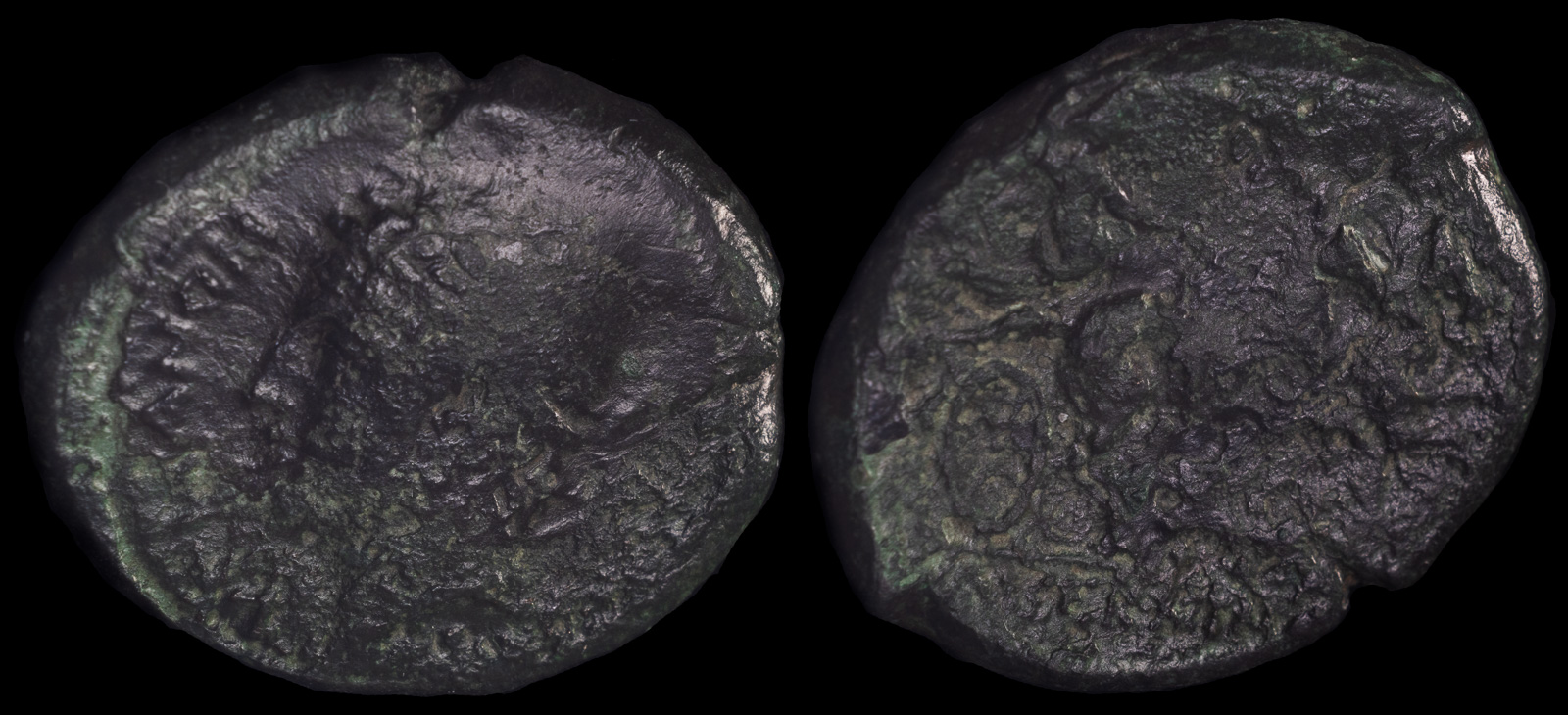
Samnium, Aesernia
Circa 263-240 BCE
Æ 7.22g, 22mm, 8h.
Head of Vulcan to left, wearing laureate pilos; tongs to right, [VOLC]ANOM before /
Zeus in biga galloping to right and brandishing thunderbolt; AISERNINO in exergue.
HN Italy 430; HGC 1, 337.
Ex Mike Ballerini Collection
Today the city is known as Isernia, but the classical city of Aesernia was once an imortant one in Samnium. It was originally a Samnite city, but by 295 BCE had been occupied by the Romans.
The city was important during the Punic Wars. It was initially one of the few cities that remained loyal to Rome, but after a tremendous siege and famine it capitulated. Evidently, that wasn’t enough for the Roman general Sulla, who severely punished Aesernia for capitulating.
By the time of Strabo, it was mostly deserted. A few times during the early imperial times it was resettled, but it never re-achieved its earlier importance.
First mention of Aesernia, when it was already under Rome.
A colony with Latin rights is settled in Aesernia by Rome after the defeat of the Samnites.
Aesernia remains loyal to Rome during the Second Punic War against Carthage.
Aesernia is defended in the Social War against the Samnites by Marcus Claudius Marcellus, but is driven by famine to surrender.
The Samnites are defeated by Rome in the Social War. Because it had defected, Aesernia is severely punished and deserted by Sulla.
Julius Caesar founds a colony in Aesernia to house veterans of his conflict with Pompey.
Augustus settles veterans of his conflict with Marc Antony and Kleopatra in Aesernia.